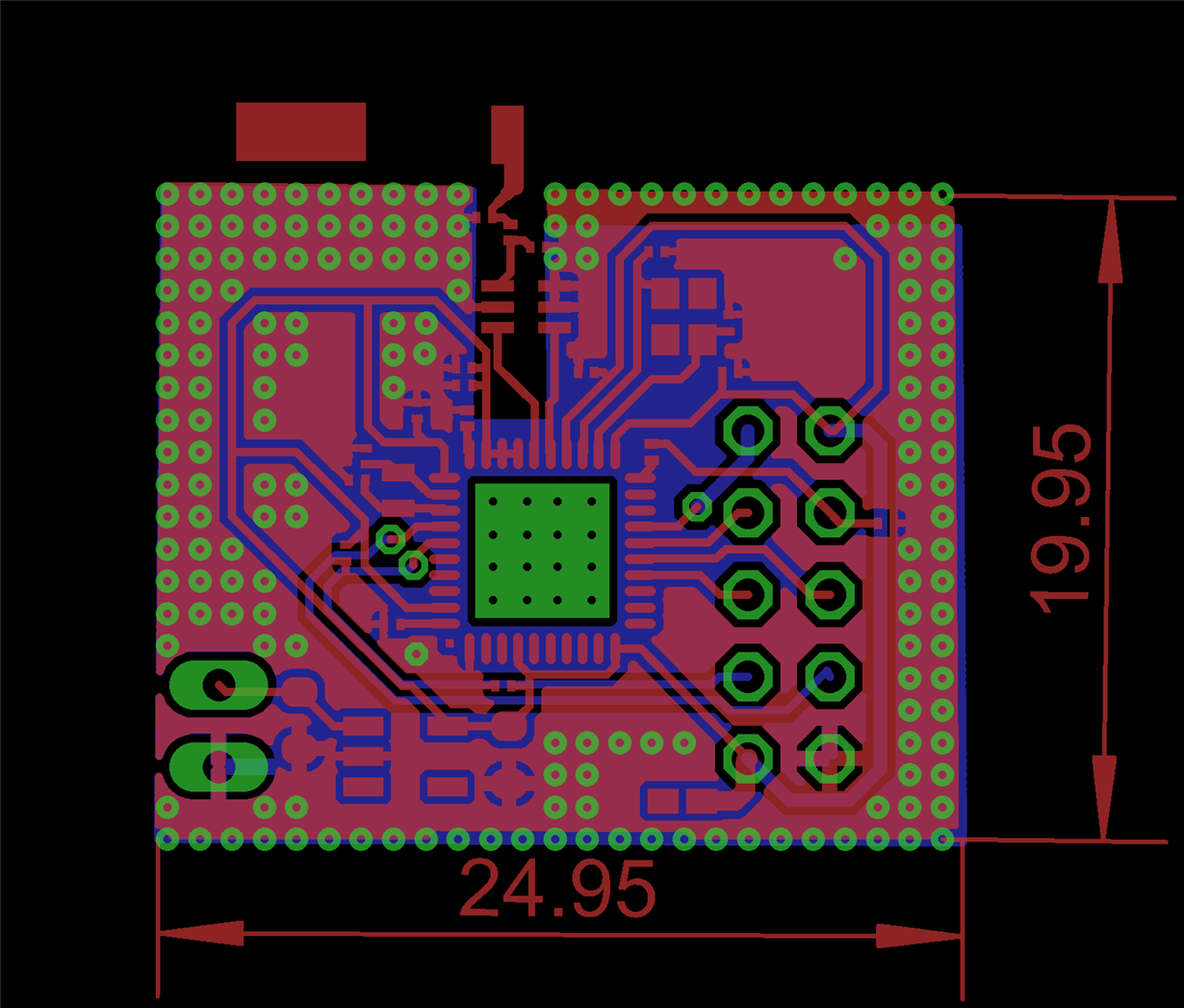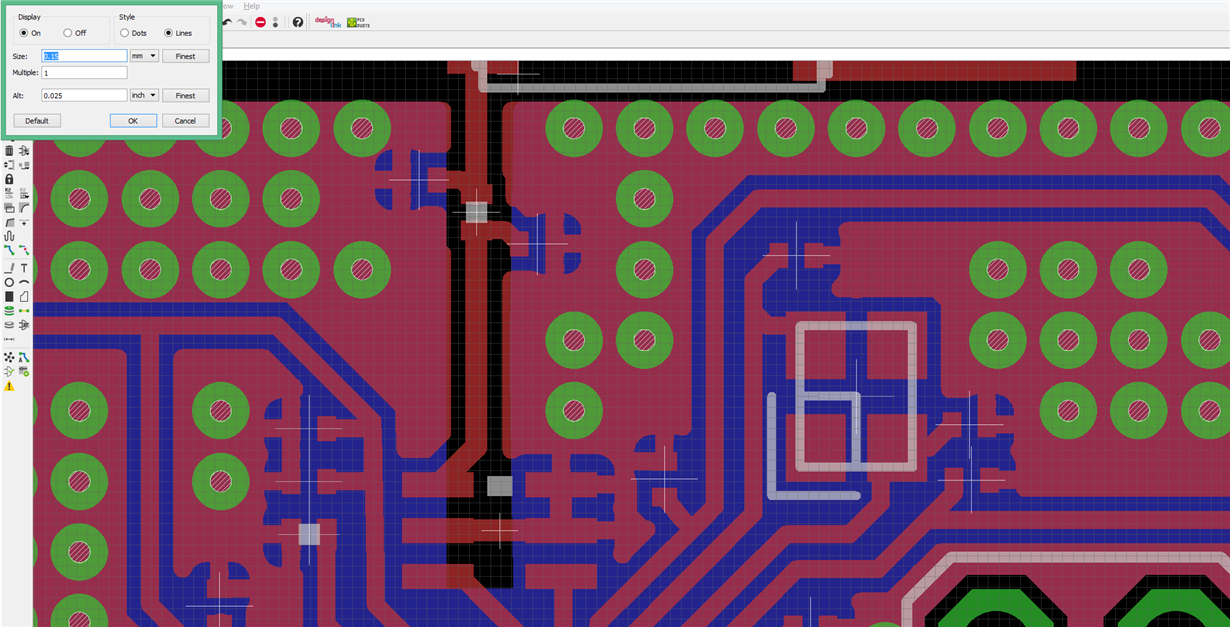Hi everyone,
I am working on a design with cc2540, but I dont know if the layout is correct or not, because I have manufactured a previous board (with another components) and it didn't work fine due to layout mistakes, I am worried about this design, I don't want to make the same mistakes.
I attach the layout image, I will add the GND drills in the near of Antenna sections, but I am going to change some external connections, and I haven't put it in this moment:
Best





